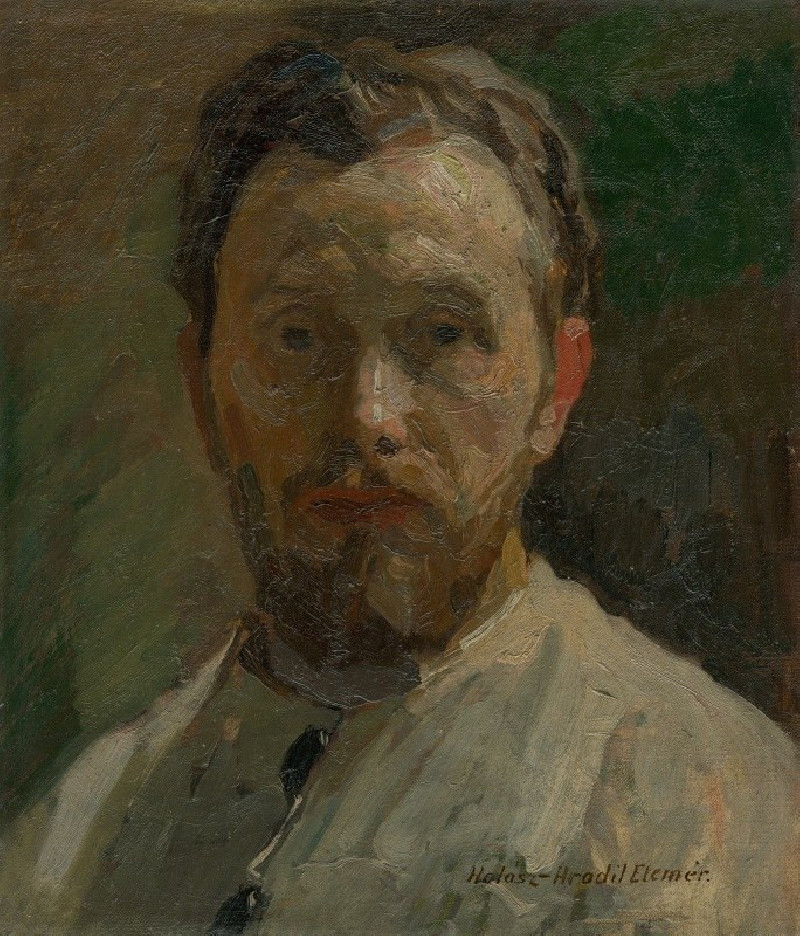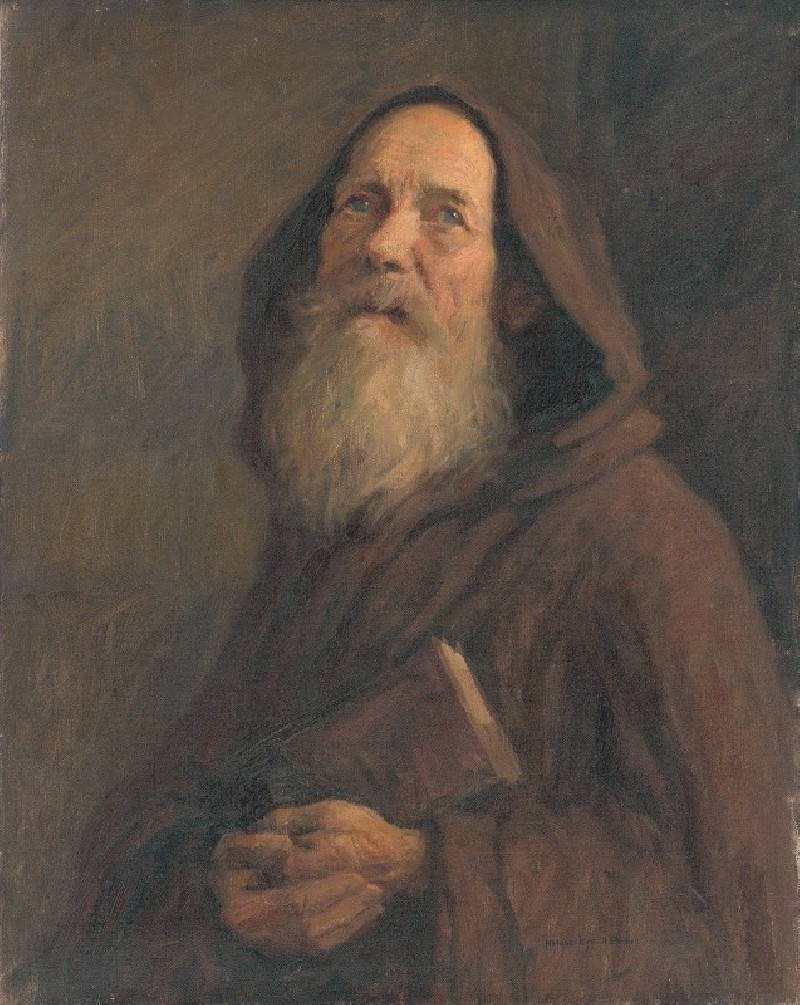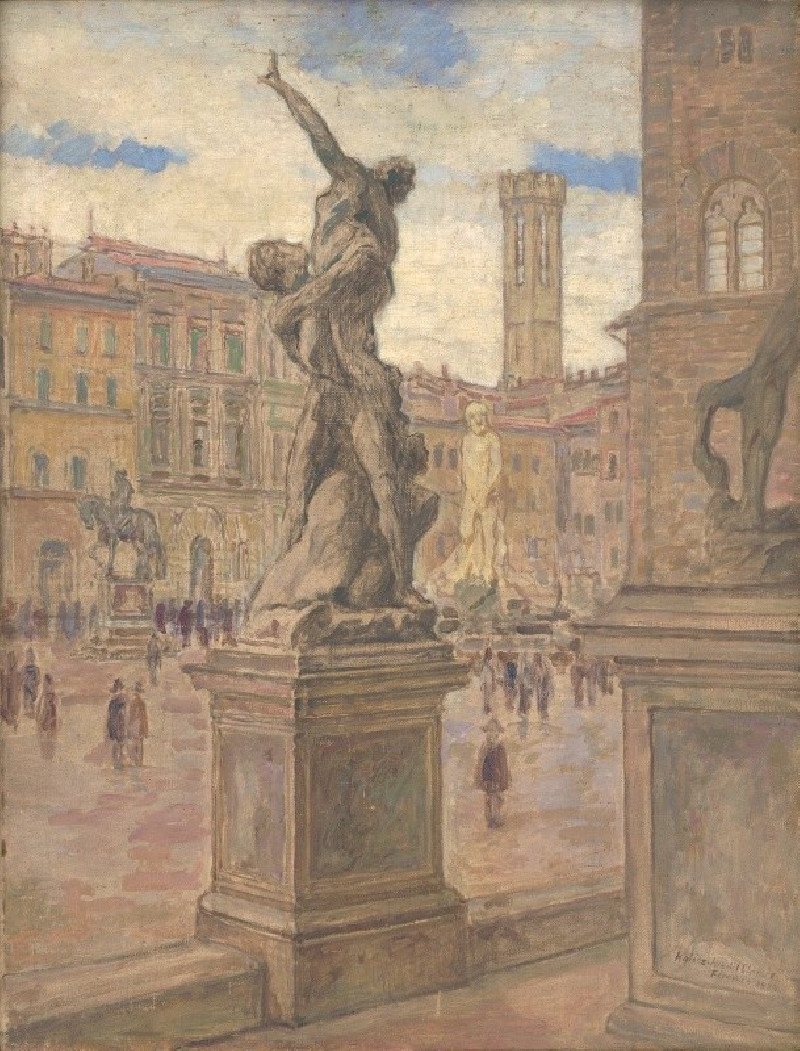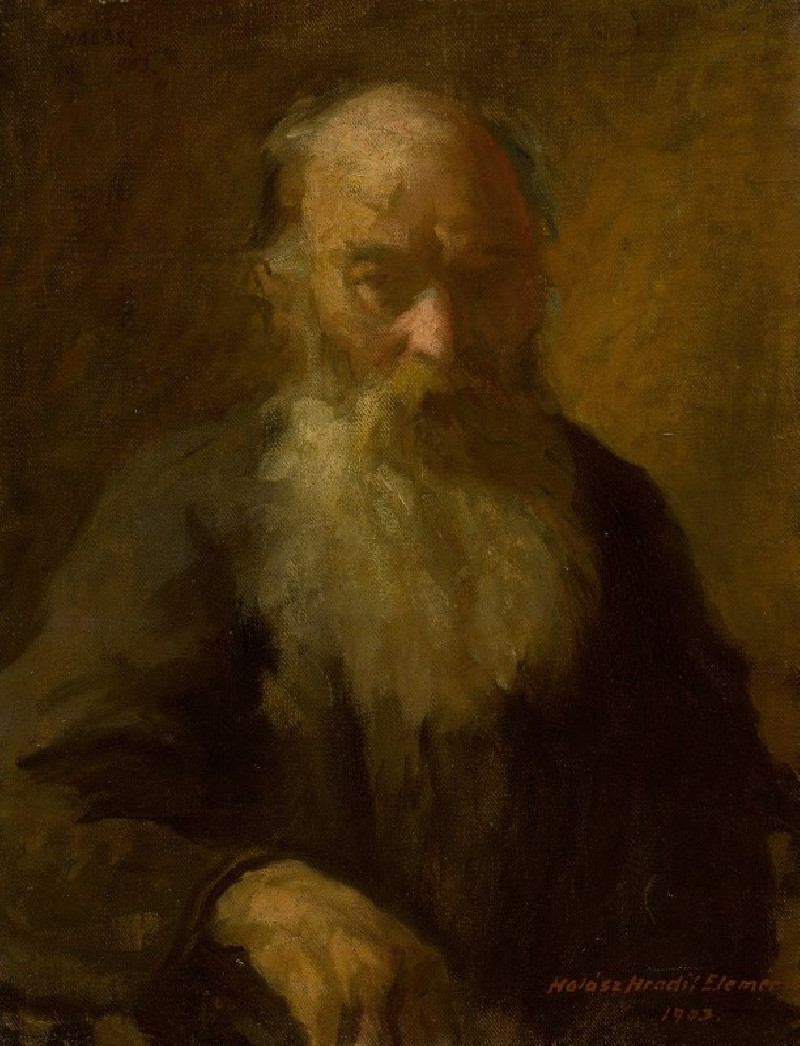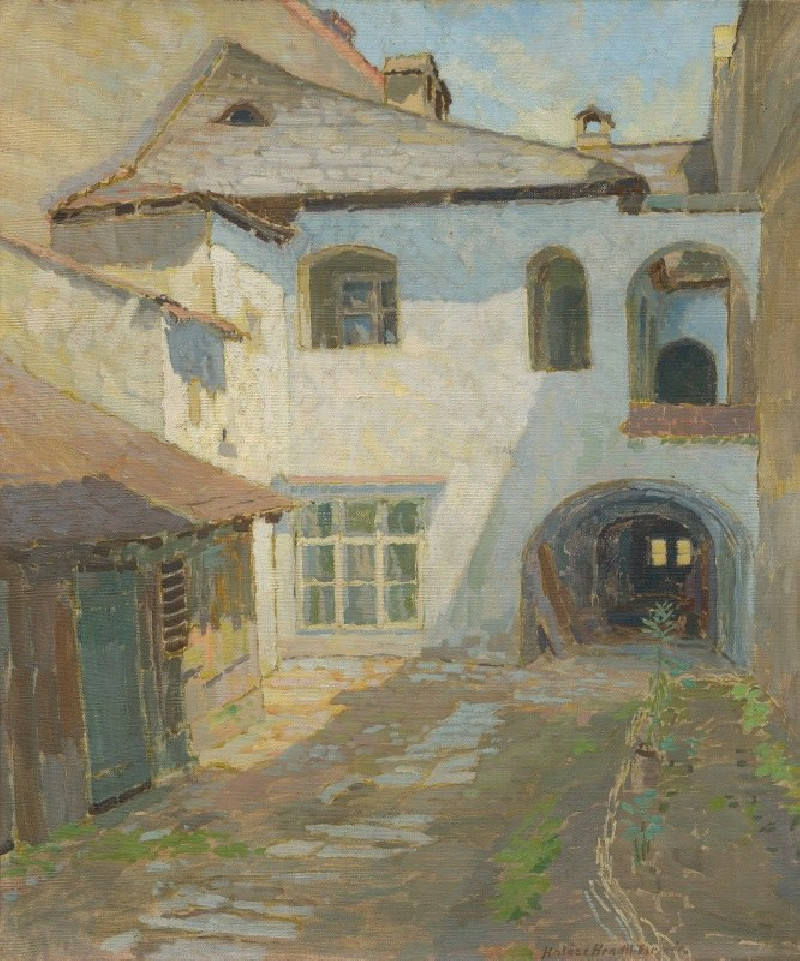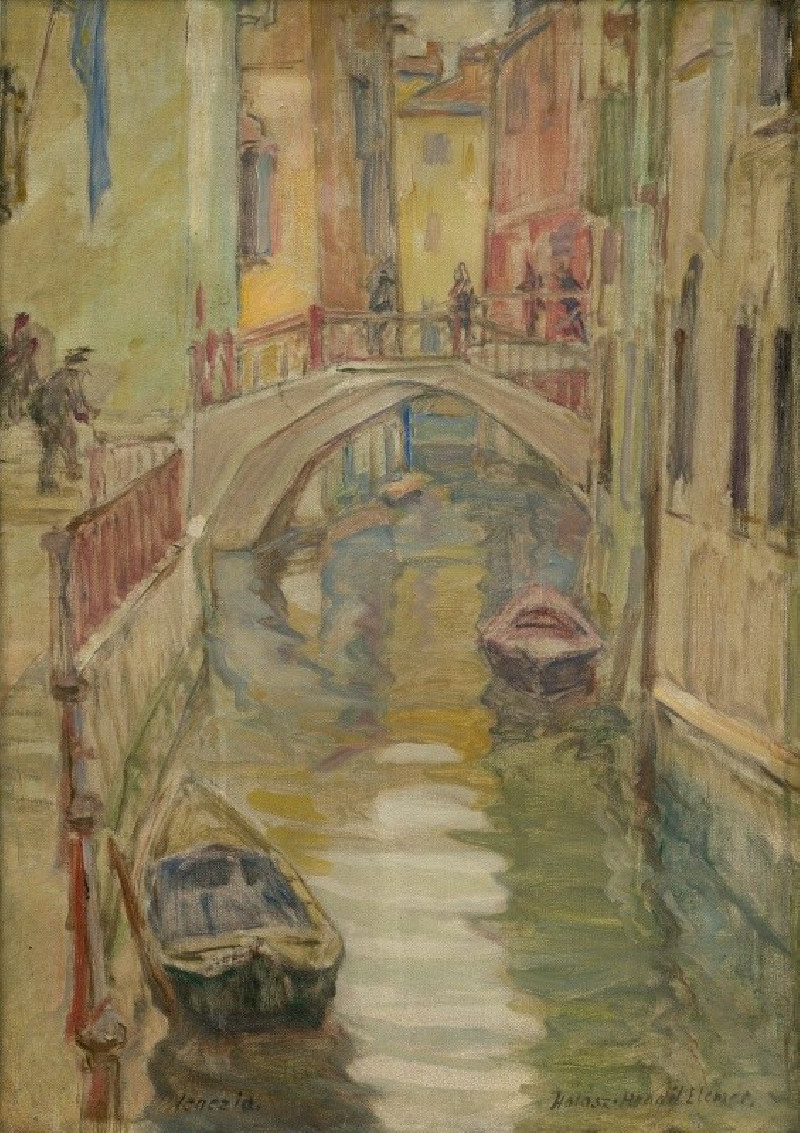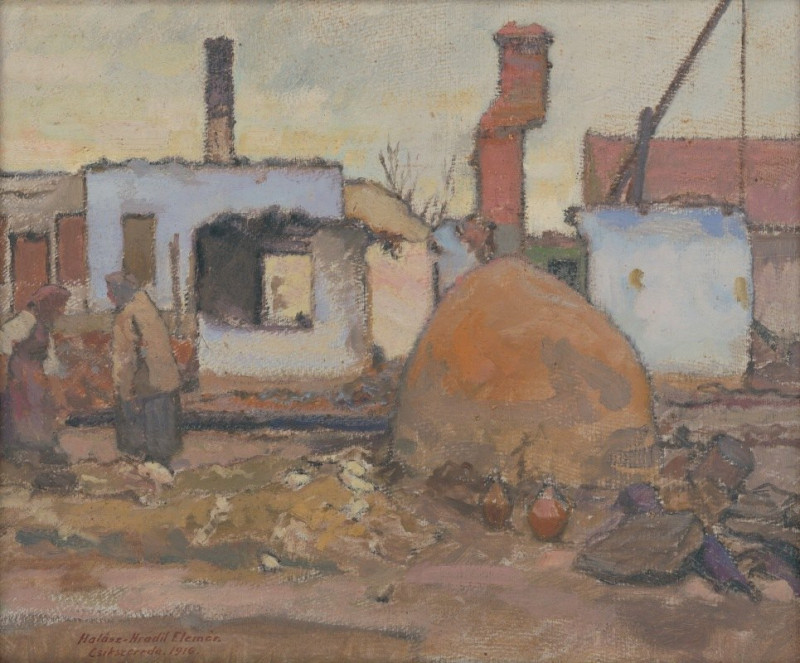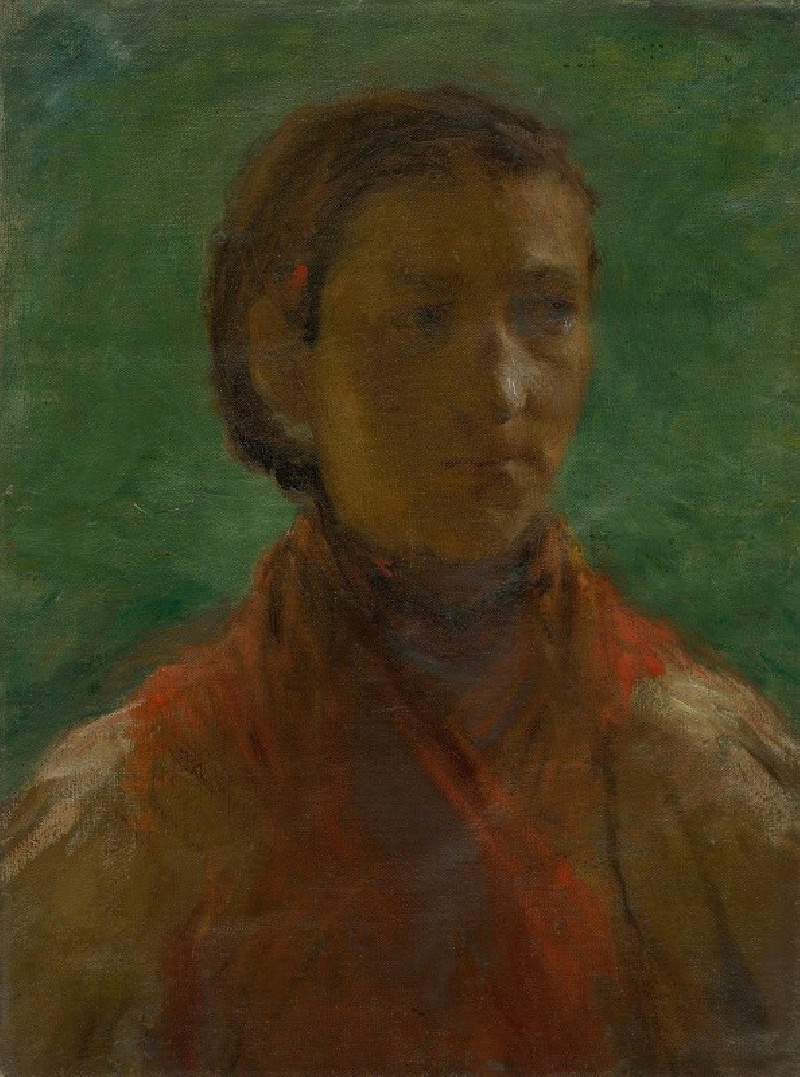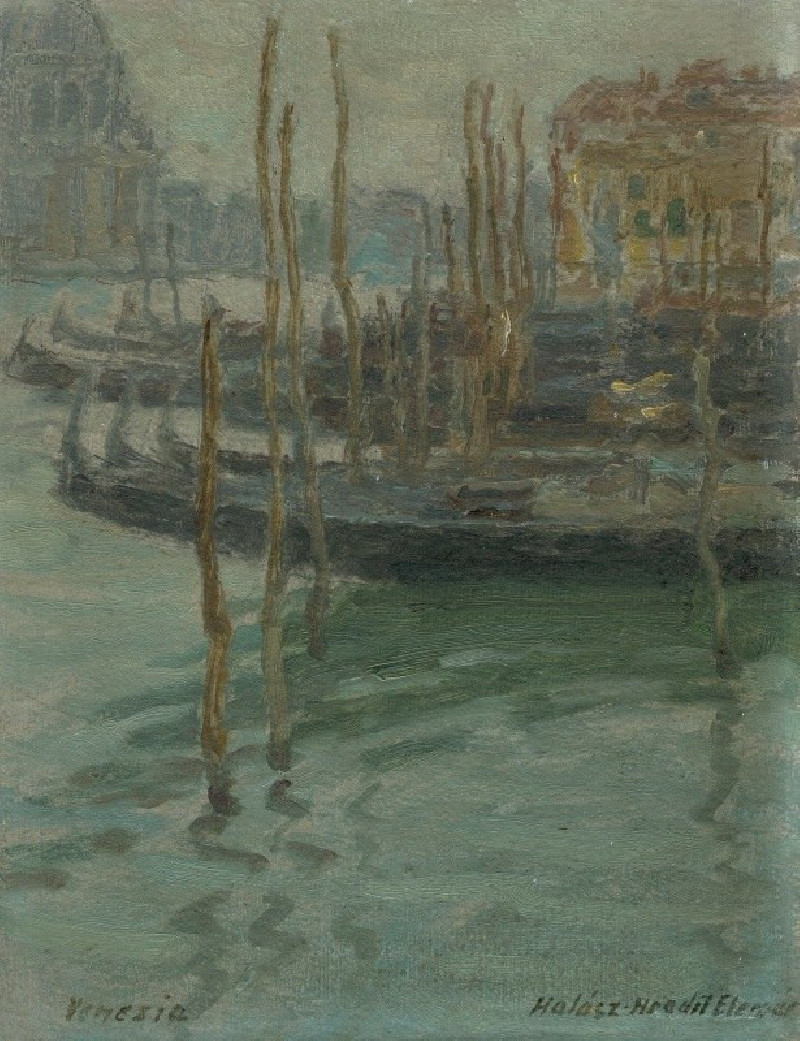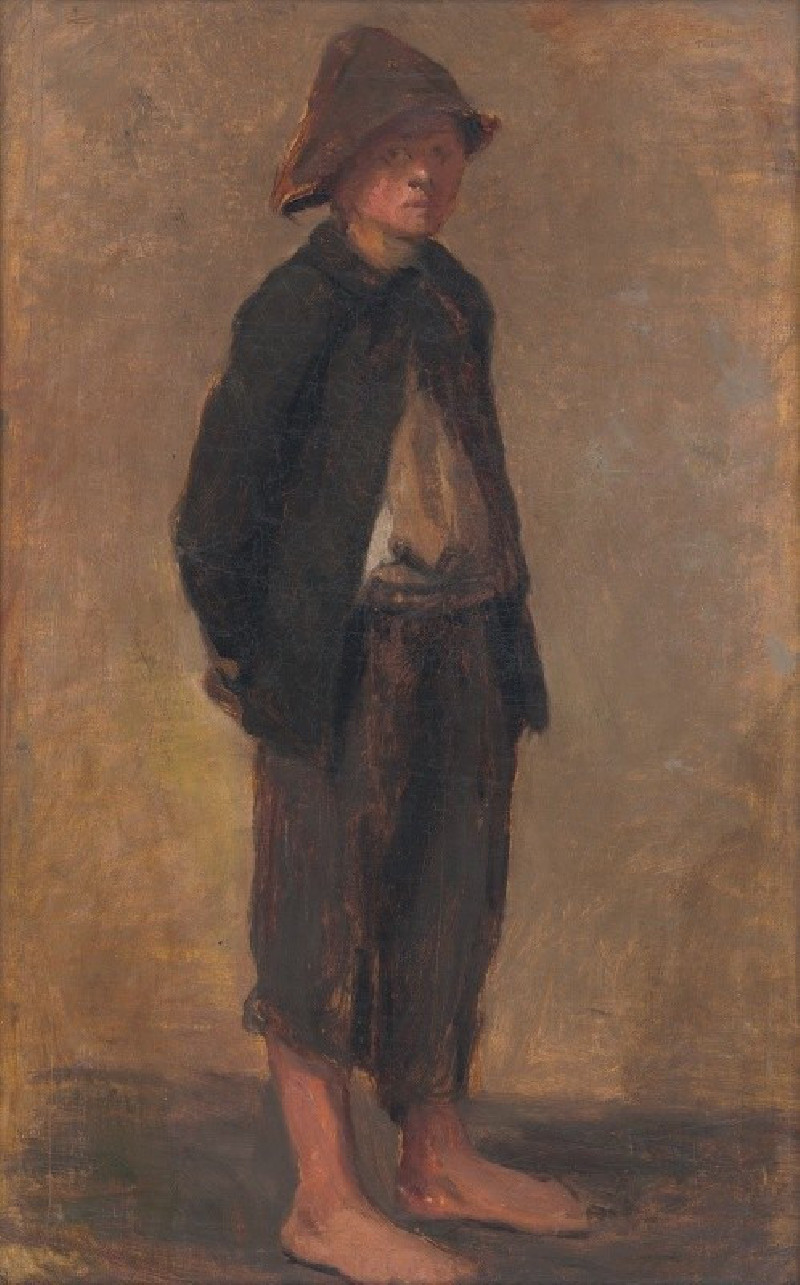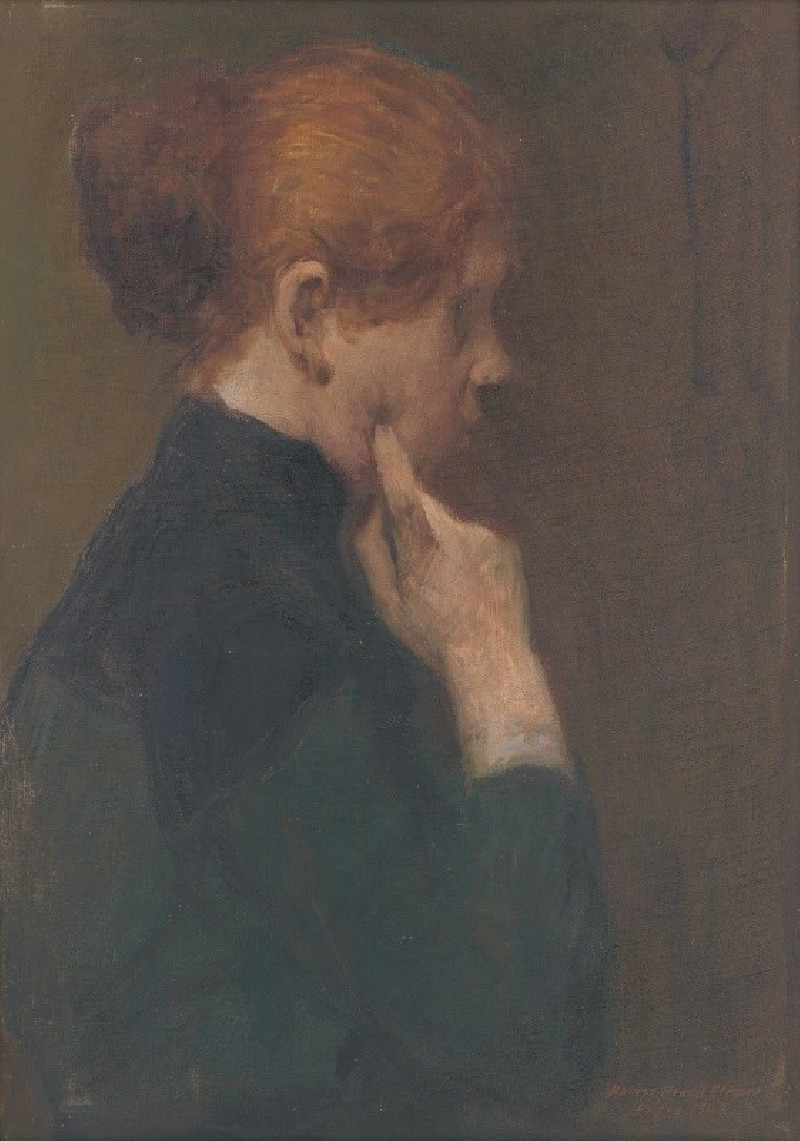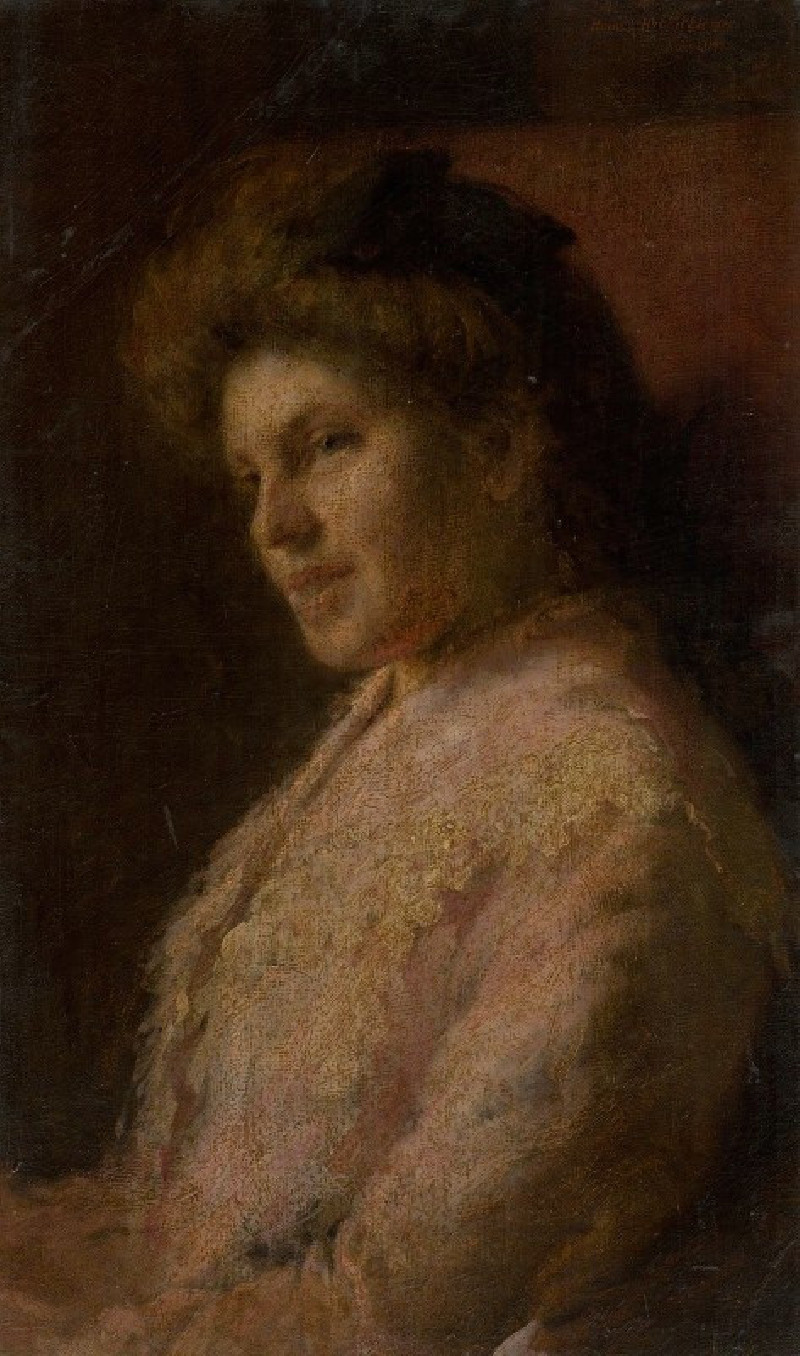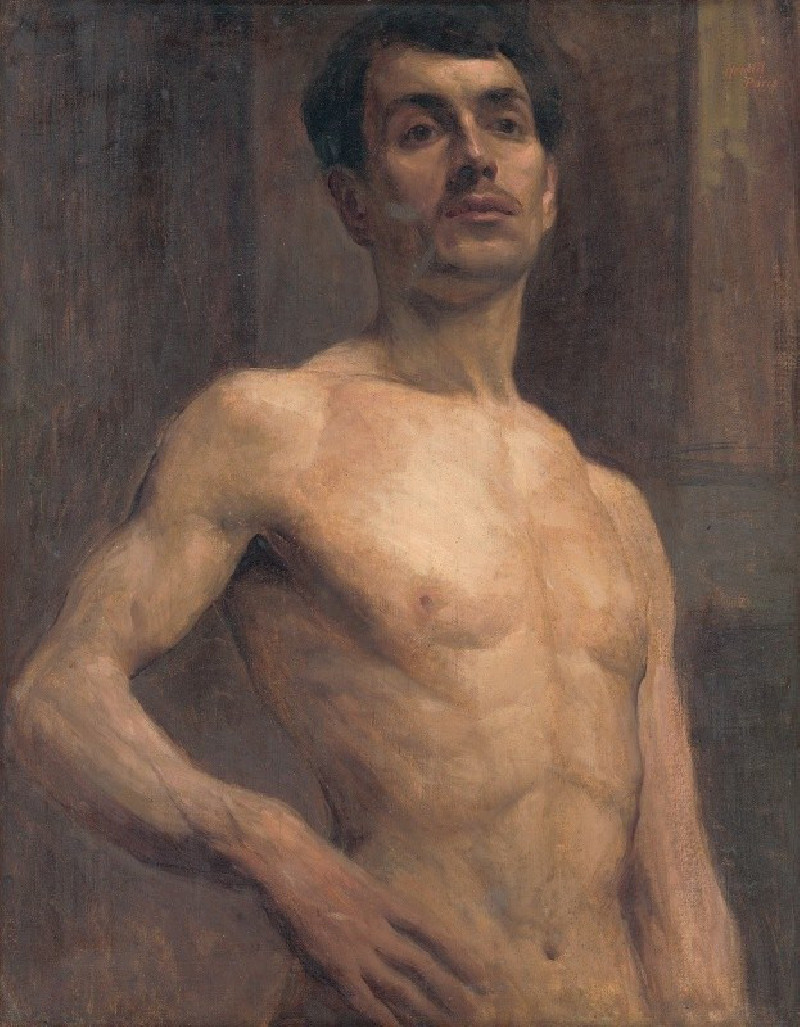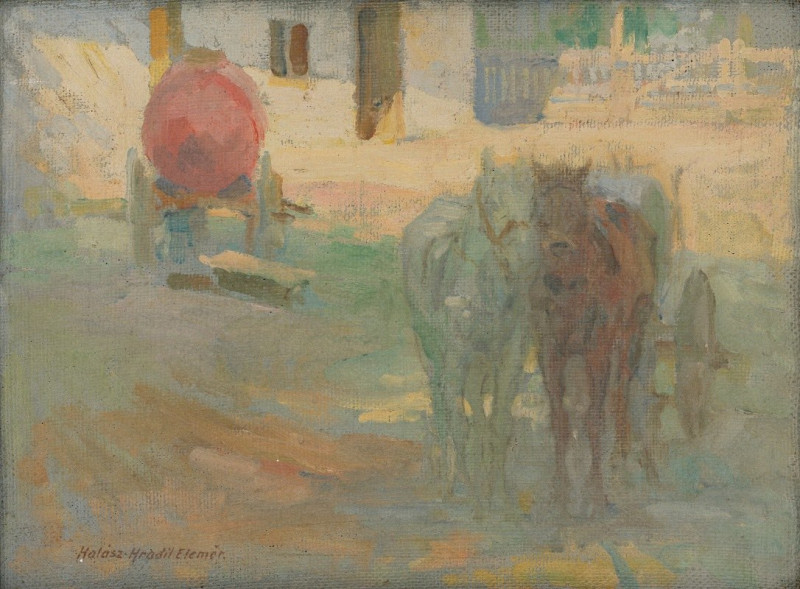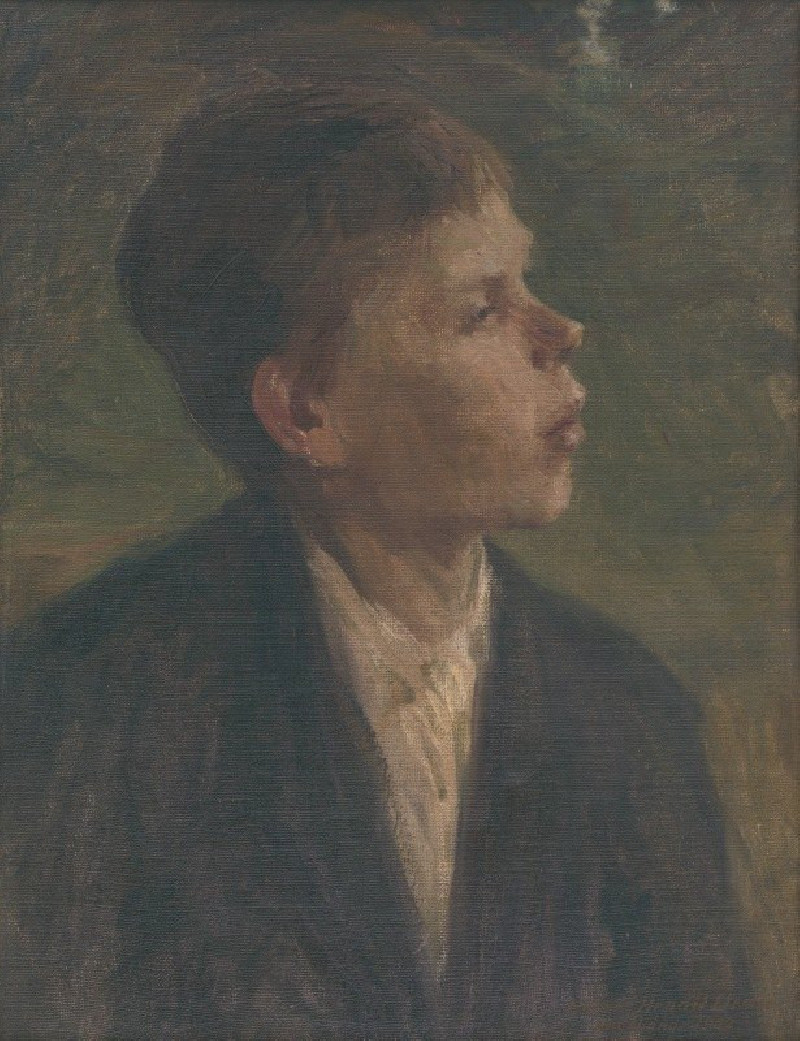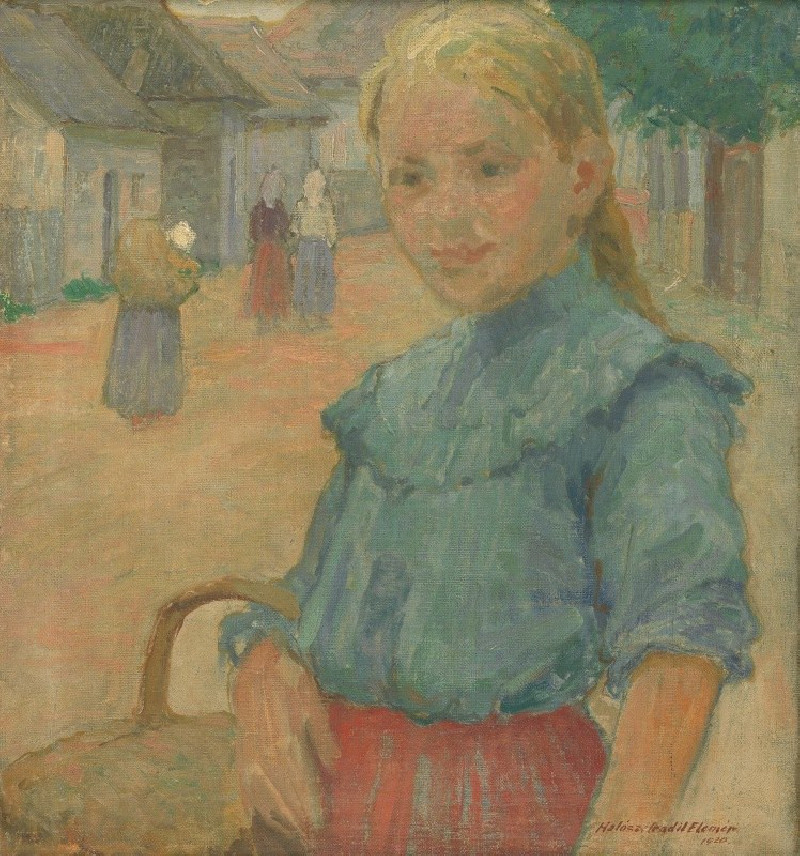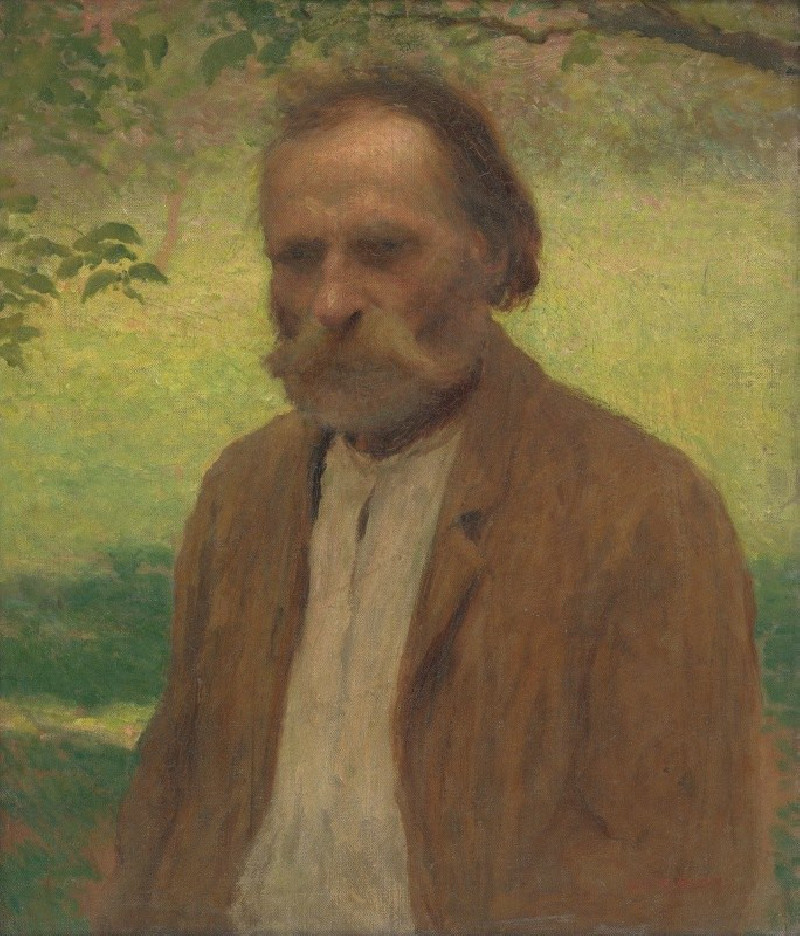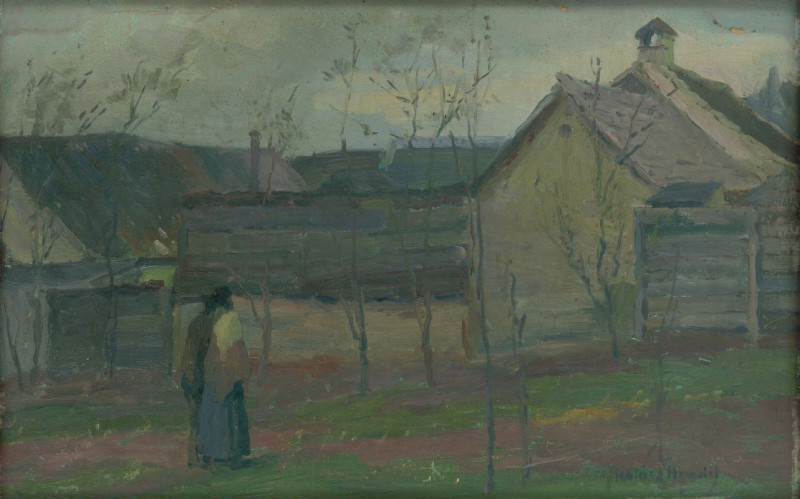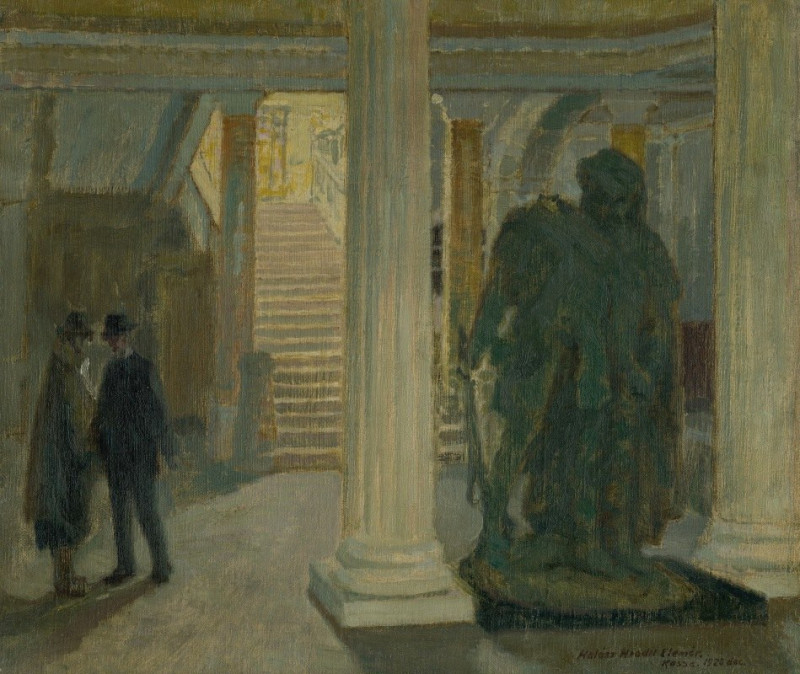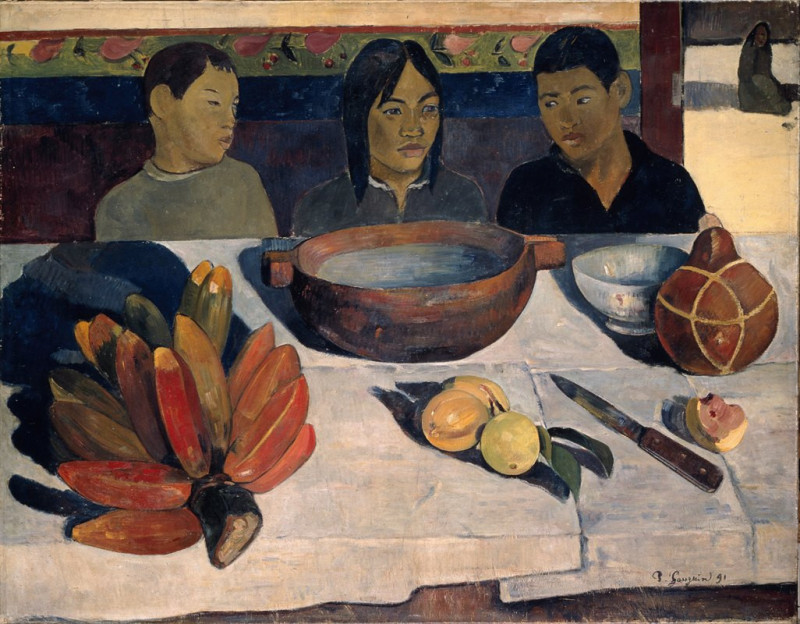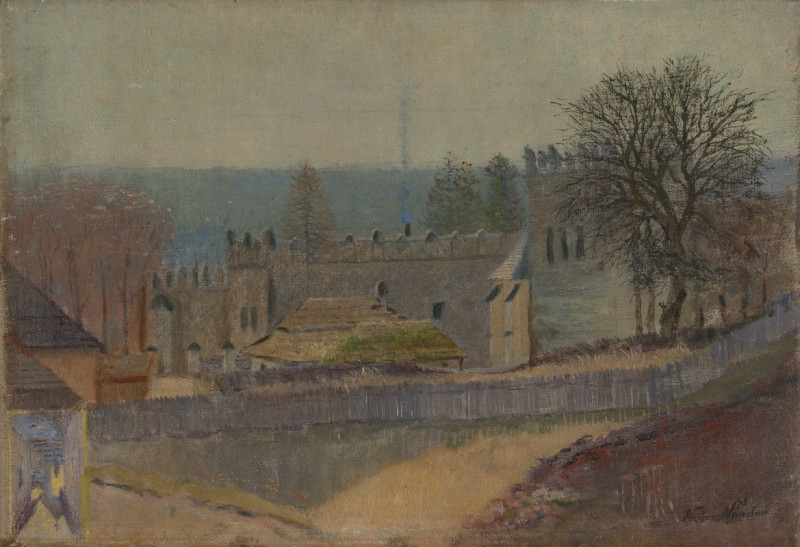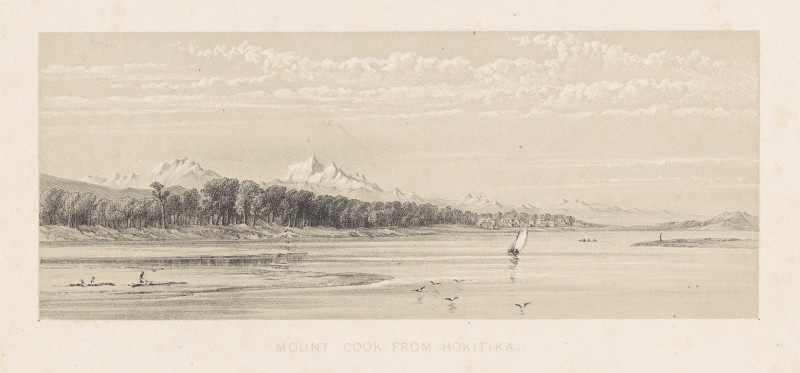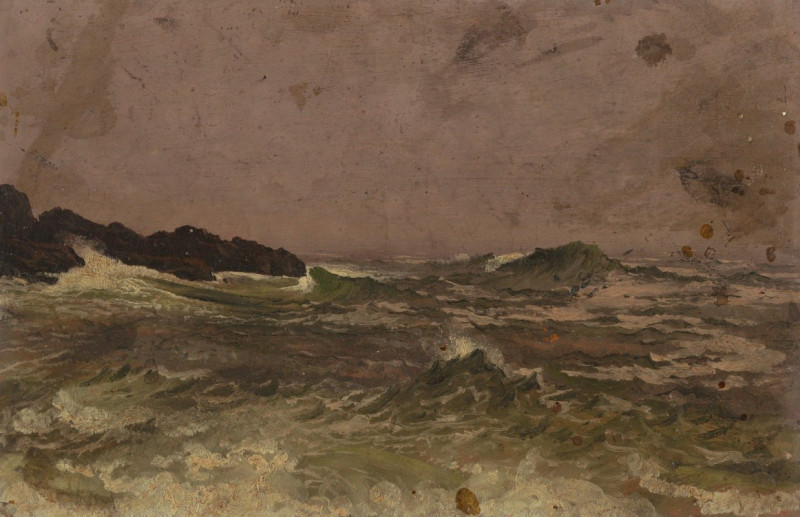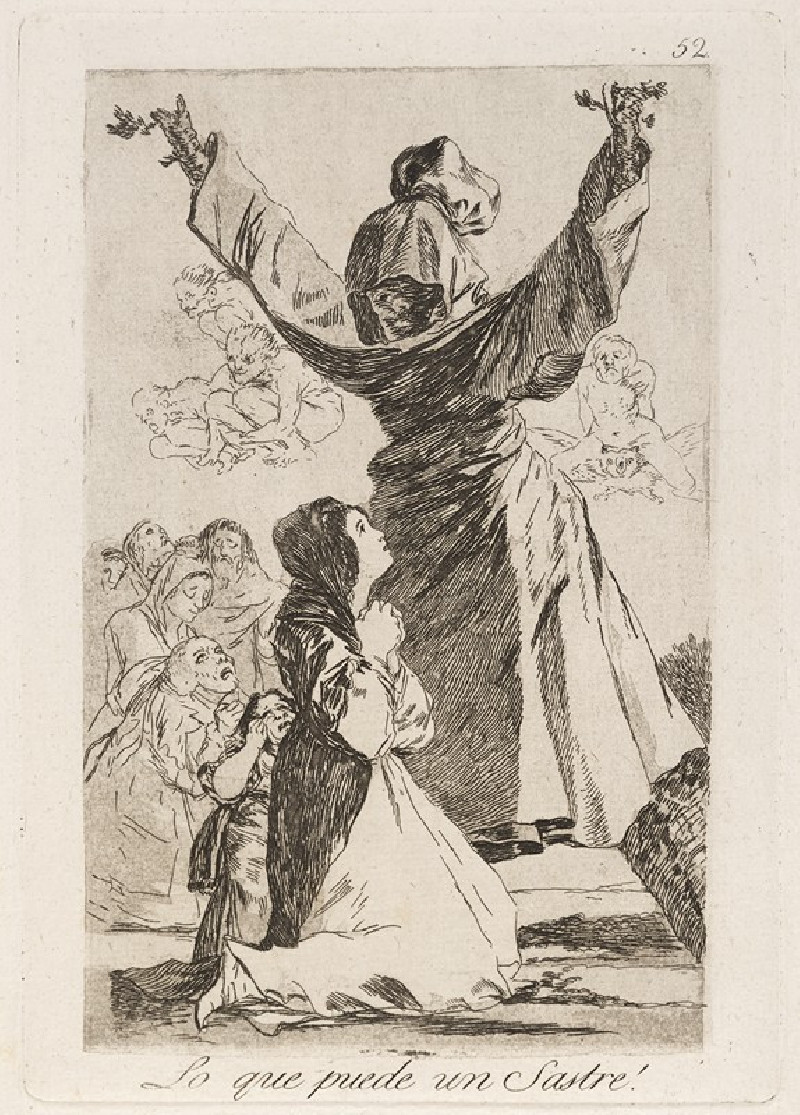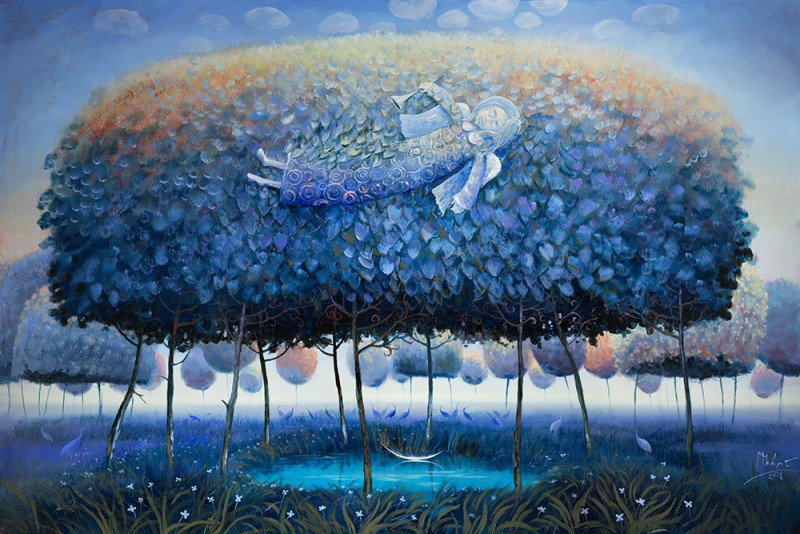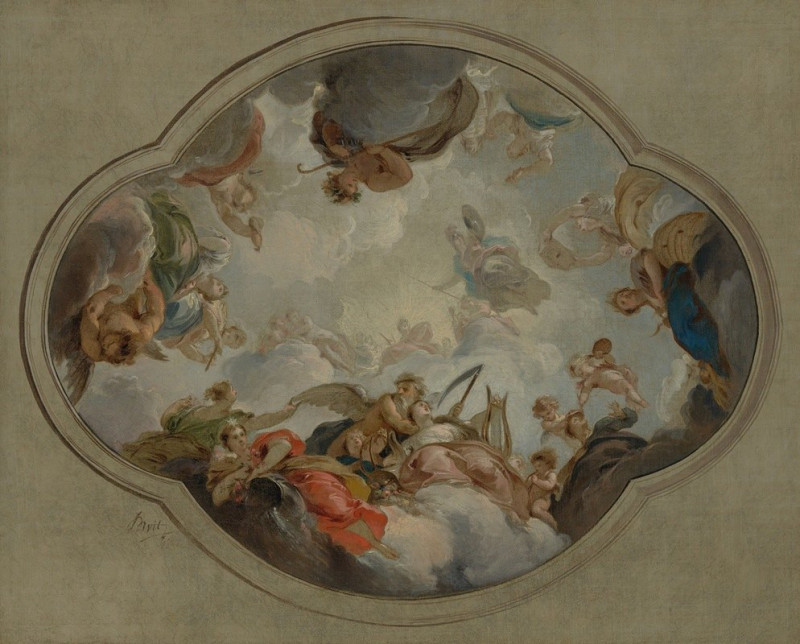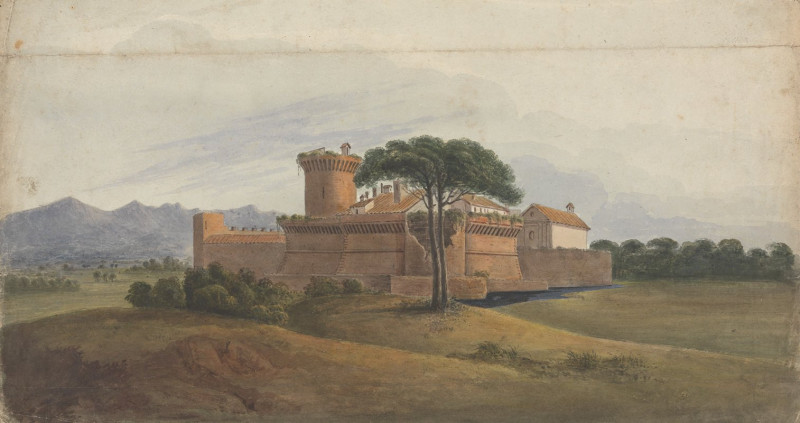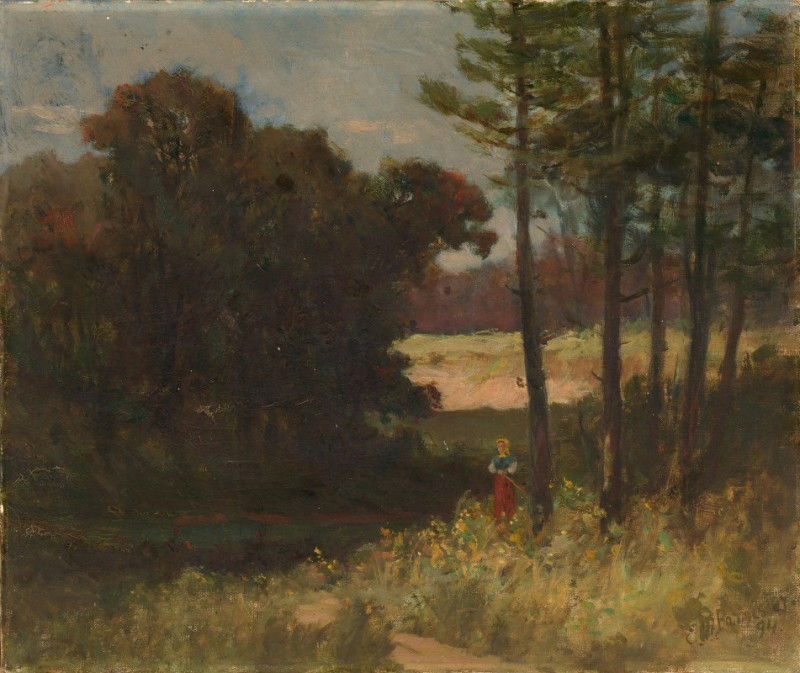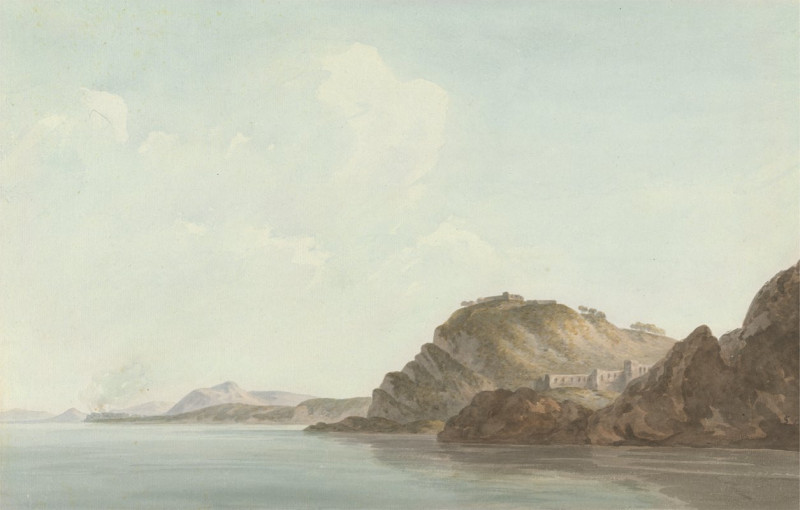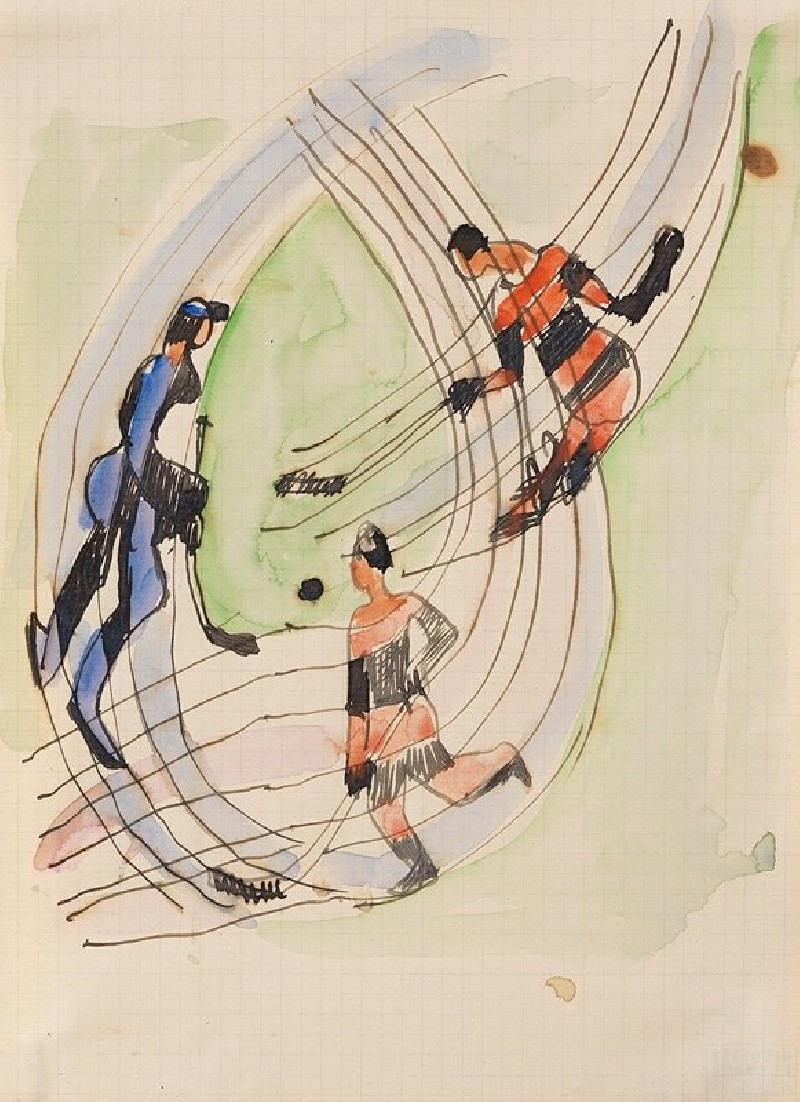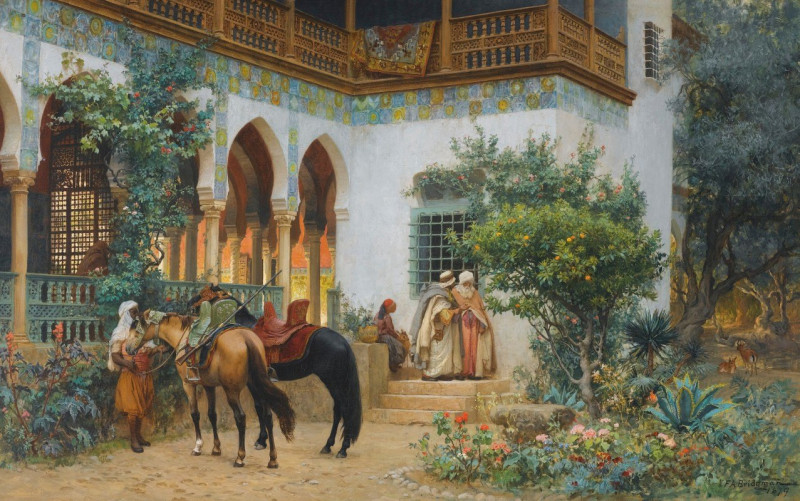Self portrait (1911–1916)
Technique: Giclée quality print
Recommended by our customers
More about this artwork
In the depths of Elemír Halász-Hradil's introspective piece, "Self Portrait (1911–1916)," we encounter the artist's stirring gaze captured with raw emotional intensity and a restrained palette. The painting features Halász-Hradil himself, enveloped in subdued tones that echo the complexity of his expression. The artist's eyes are particularly striking, suggesting a man deep in thought or burdened by knowledge. His face, marked by the brushstrokes that outline his features with rugged detail, conveys a sense of weariness, perhaps hinting at the tumultuous period during which the portrait was painted.What makes this artwork captivating is Halász-Hradil's use of texture and color. He employs thick, visible brushstrokes, giving the portrait a tactile quality that invites viewers to ponder each stroke's significance and the emotional weight they carry. The predominantly earthy color scheme of browns and greens contributes to the somber and contemplative mood of the piece. Moreover, the impressionistic style allows for a personal connection with the artist, as it reflects his psychological state and artistic identity during the early 20th century.
Delivery
Returns
Elemír Halász-Hradil (1873 m. - 1948 m.) was a Slovak painter of Hungarian origin.
He lived in Vienna from 1892 to 1894.The following year he moved to Košice. He studied at Simon Hollósy's private school in Munich from 1897 to 1901, he then continued his studies at the Académie Julian in Paris with Professor Jean-Paul Laurens from 1902 to 1903.
With a soft palette and hazy paint handling, Halász-Hradil executed a variety of quiet portraits and scenes of everyday life. Along with selling his paintings, Halász-Hradil made a living as a painting teacher.

